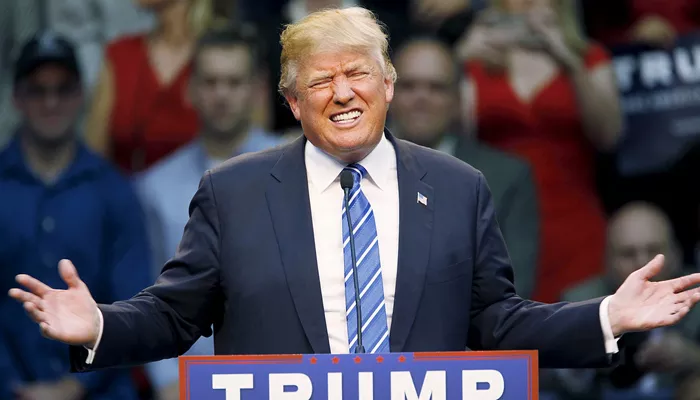Trump Administration’s Impact on H-1B Visa Salaries: A Look Back.
If Donald Trump wins the upcoming November election, his 2020 rule affecting H-1B visa holders and employment-based immigrants could reshape U.S. immigration policy. Originally designed to make it more costly for employers to hire foreign professionals, the rule has been blocked on procedural grounds but remains a point of concern for businesses.
In October 2020, the U.S. Department of Labor (DOL) introduced a regulation that increased the minimum salary employers must pay to H-1B visa holders and other employment-based immigrants. Under current law, employers must pay H-1B professionals either the prevailing wage or the actual wage paid to U.S. workers in similar roles. For those seeking permanent residency, employers need a prevailing wage determination. The Trump administration’s rule led to a significant rise in the salaries required for foreign-born workers, particularly for roles like scientists and engineers.
The rule was controversial. Immigration attorneys reported that Trump officials had manipulated the formula used to determine prevailing wages, resulting in higher required salaries for skilled foreign nationals. According to Forbes, this manipulation made the wages for these workers much higher than market rates. Kevin Miner of Fragomen criticized the rule, stating that it pushed prevailing wages above what data indicated.
Details of the Rule
An analysis by the National Foundation for American Policy revealed the rule’s impact: for instance, the salary required for a petroleum engineer increased by 100% at Level 1, and minimum annual salaries for some common jobs rose by over 200%. This rule made it increasingly difficult for companies to hire H-1B visa holders or sponsor foreign nationals for permanent residence.
The Trump administration issued the rule as “interim final,” making it vulnerable to legal challenges. On December 1, 2020, U.S. District Judge Jeffrey S. White vacated the DOL rule, along with a separate Department of Homeland Security rule that restricted H-1B visas. Judge White criticized the Trump administration for bypassing the Administrative Procedure Act’s notice and comment requirements.
In January 2021, the Trump administration attempted to finalize the rule before leaving office. The goal remained consistent: to make hiring H-1B visa holders and employment-based immigrants more expensive for U.S. employers.
By March 2021, the U.S. Chamber of Commerce and other groups filed a complaint arguing that the final rule contradicted statutory language by raising the eligibility criteria for H-1B visas. Critics labeled this move as an attempt to substantially restrict access to H-1B visas.
The Biden administration did not challenge the decision to vacate the rule, and the DOL regulation was postponed until November 2022. In April 2021, the DOL sought public input to reassess the prevailing wage calculations for H-1B visa holders and employment-based immigrants.
As of June 2023, SHRM reported that the Department of Labor had moved its proposal to raise prevailing wage rates for H-1B visas and the PERM program to its long-term agenda, suggesting the possibility of shelving the proposal permanently. No further action has been taken by the DOL regarding this rule.


